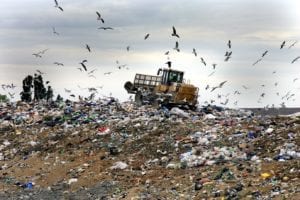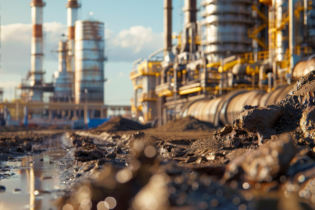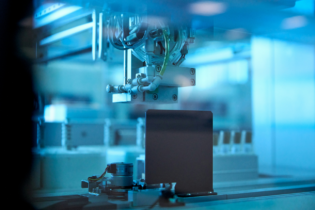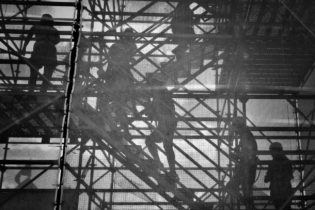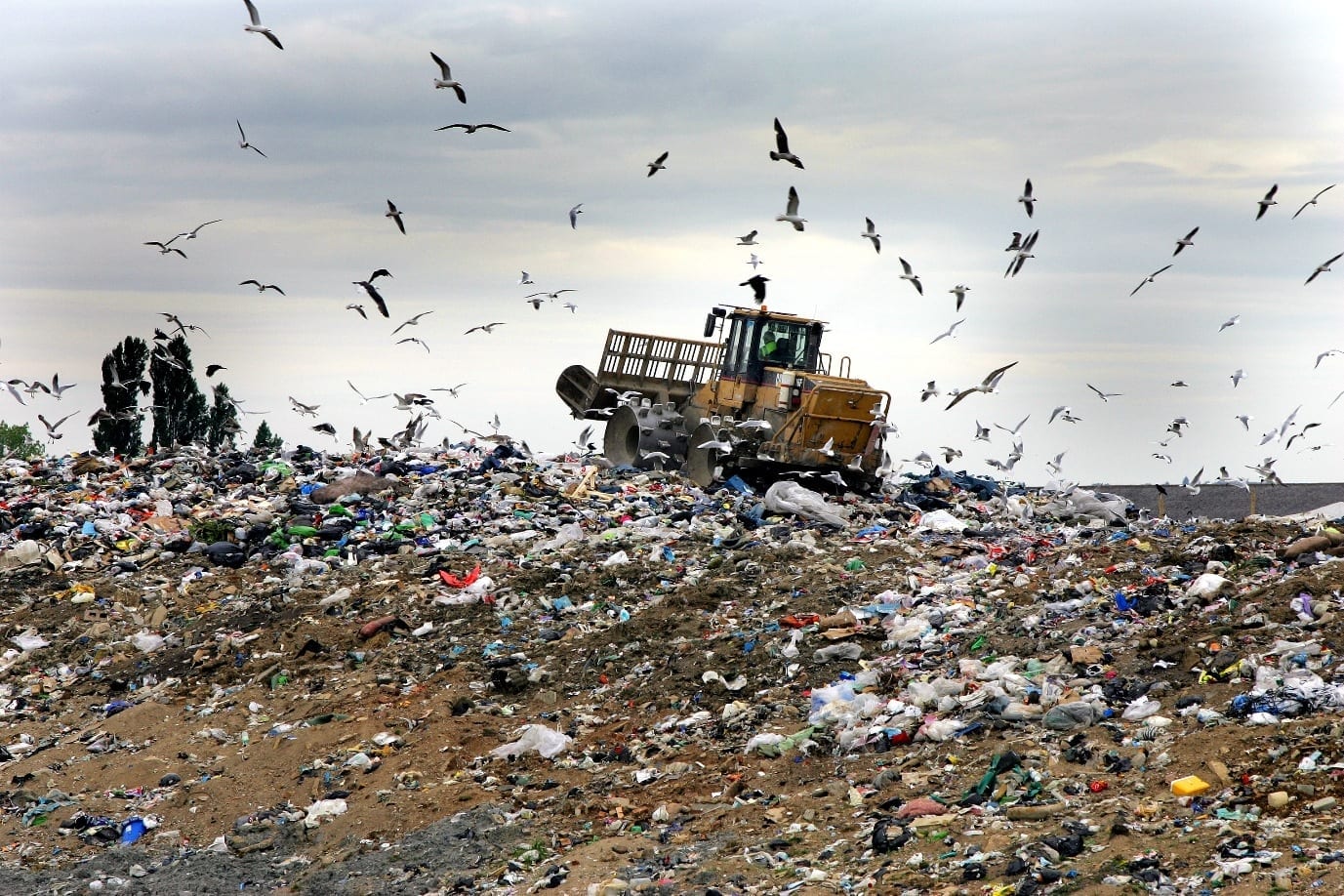
Landfills remain the most widely used waste disposal option in South Africa. With such a heavy reliance on landfills, the country is fast running out of airspace and so is the available space to extend these sites while complying with stringent waste legislation.
President of the Institute of Waste Management of Southern Africa (IWMSA) Jan Palm recently said that the country’s “reliance on landfill has come at a cost”.
According to the National Waste Information Baseline Report conducted in 2012, South Africa generated approximately 108 million tonnes of waste in 2011, of which 98 million tonnes were disposed of at landfills.
The excessive dumping of waste at landfills also carries many environmental factors which affect surrounding communities and animal habitats.
Associated environmental factors
Two of the most common environmental factors associated with landfill sites, which have in the past led to the public’s unhappiness, are methane emissions and groundwater pollution from landfill leachate.
Methane is an important greenhouse gas because its global warming potential is 25 times more than carbon dioxide. Methane has also been responsible for approximately 20% of the Earth’s warming since pre-industrial times.
Leachate is made up of toxic components coming from household solvents, industrial chemicals and organic agents. Water percolates from the surface through the landfill layers to combine with these toxic components and as a result, acidic leachate is formed.
When the lining of a landfill fails, it has the potential to contaminate groundwater. The effects arising from these circumstances can be avoided by good landfill design and practice. KwaZulu-Natal Landfill & Waste Treatment Interest Group (LaWTIG) said that this – protecting the environment of Southern Africa and its people against the adverse effects of poor waste management – is its core mission.
“In light of these abrogating factors, as a country, we have still not implemented a solution that can completely substitute landfill as an alternative option,” Palm said. “We have to explore the science and technology that can contribute to enhancing the practice and offsetting the negative environmental effects.”
All these concerns can be debated later this year at the biennial seminar on waste treatment and disposal by landfill.
Waste treatment and landfill disposal seminar
The seminar will be hosted by the LaWTIG, a subsidiary of the IWMSA. For the first time it will take place on an operational landfill site, the Buffelsdraai Landfill Site, from 18-20 October 2017.
IWMSA said the seminar will be dedicated to capacity building and sharing valuable knowledge on technology and practices that will ultimately improve landfilling and address the risks that it poses to the environment and human health.
Leachate and gas management is one of the many themes that will be covered at seminar. Other themes include:
- Design, construction and operation in challenging environments
- Landfill barrier design and performance
- South African legislation pertaining to the practice
- Sustainable concepts for landfill disposal of municipal and hazardous waste
- Waste mechanics
- Remediation
- Alternative technologies
Waste technology and equipment
Technology and equipment play a paramount role in the efficiency of landfilling. Incorrect equipment, such as front-end loaders have been used in the past instead of proper landfill compactors and this resulted in equipment sinking into the landfill.
IWMSA emphasised that the use of correct equipment is crucial.
At the Vlakfontein landfill site in Gauteng, new barrier technology has been applied to the design which prevents hazardous compounds contaminating the subsurface environment.
The barrier comprises a 1.2m deep multi-layered solution of compacted clay, high-density polyethylene, stone and geotextiles. This technology has resulted in the landfill site being the first to comply with standards prescribed by the
Waste Classification and Management regulations for Class A containment barriers, and is the first high-
hazard landfill site to be developed locally in 20 years.
Palm said that the upcoming seminar will host a number of well-renowned industry bodies who will contribute to a forum where a high standard of technology transfer may be experienced.
“For the first time, the event will be held at the fully operational landfill site of Buffelsdraai, Verulam, eThekwini. This will present the opportunity for landfill equipment suppliers to demonstrate their products in action,” he said.
IWMSA and LaWTIG invite all industry bodies and individuals to participate in the event by submitting their papers before Saturday, 25 March 2017. Papers can include a detailed case study related to landfill, discussion of practical experience, research, completed unpublished research, literature reviews, administrative initiatives and regulations. Successful papers will be selected following evaluation by a panel of industry experts.
“The seminar is a step in the right direction in terms of waste management in South Africa,” Palm said. “Until an alternative to landfill is found, it is up to us as industry leaders to ensure landfilling is supported by the best science, technology, practices and personnel.”


